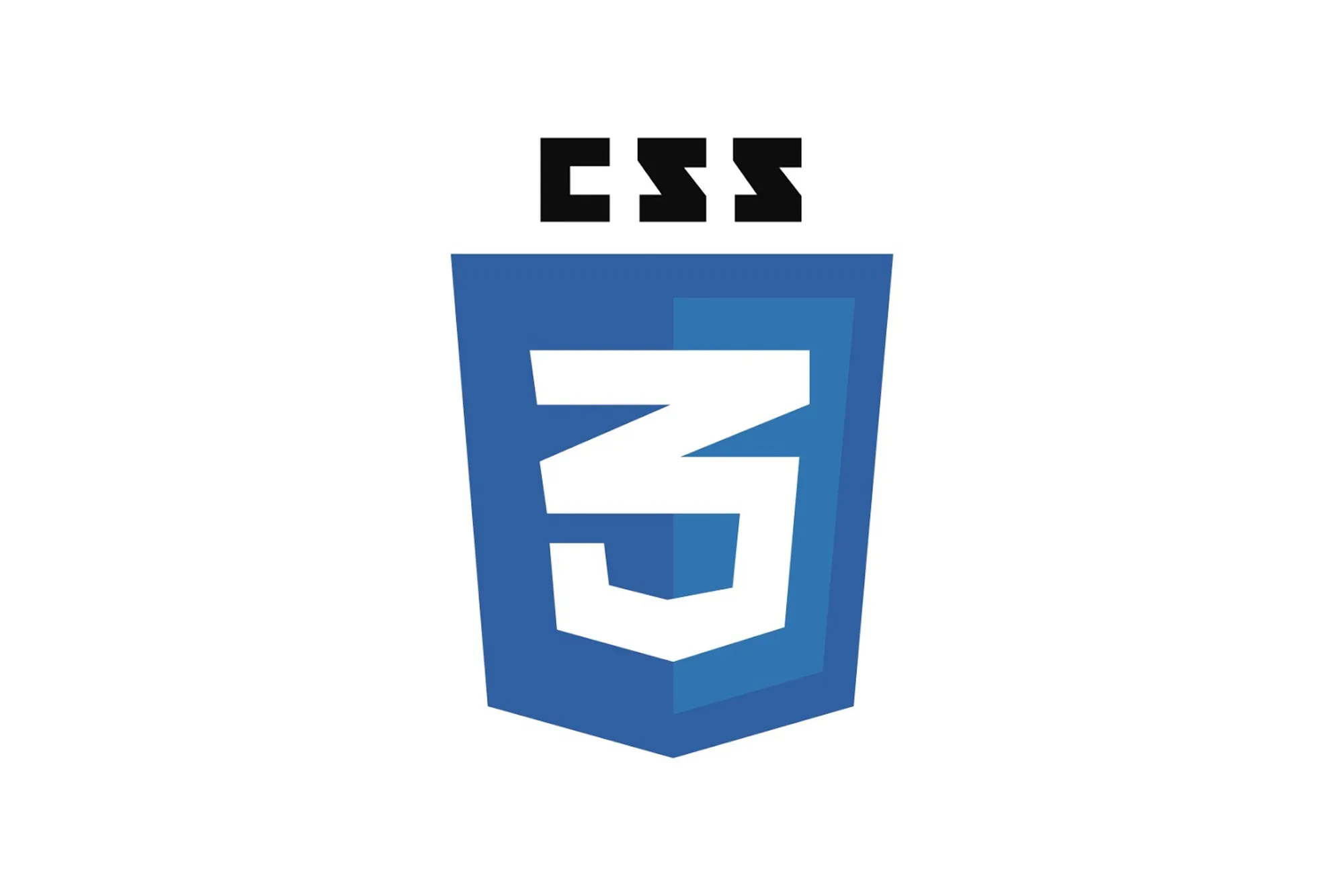CSS
What is CSS?
Definition:
CSS, or Cascading Style Sheets, is a style sheet language used to describe the presentation of a document written in HTML or XML. It controls the layout, colors, fonts, and other visual aspects of web pages, allowing web developers to create visually appealing and responsive websites.
Analogy:
Think of CSS as the interior designer of a house. While HTML provides the structure and content, CSS adds the colors, textures, and styles that make the house feel inviting and cohesive. Without CSS, web pages would look plain and lack visual appeal, much like a house without interior decoration.
Further Description:
CSS works by selecting HTML elements and applying styles to them. It uses selectors to target specific elements and properties to define how those elements should be displayed. CSS rules can be applied inline within HTML, embedded in a document’s header, or linked externally to separate style sheets, enabling consistent styling across multiple pages.
Types of CSS:
- Inline CSS: Styles applied directly to individual HTML elements using the style attribute within the HTML tag. While convenient for quick styling, inline CSS can make code harder to maintain and update.
- Internal CSS: Styles defined within the <style> element in the <head> section of an HTML document. This method keeps styles separate from content but within the same file, making it easier to manage than inline CSS.
- External CSS: Styles stored in separate CSS files and linked to HTML documents using the <link> element. External CSS allows for the creation of reusable stylesheets that can be applied to multiple web pages, promoting consistency and efficiency in design.
Key Components of CSS:
Selectors: Patterns used to select the elements to which styles will be applied. Selectors can target elements by tag name, class, ID, attribute, or relationship to other elements.
Properties:- Attributes that define the visual appearance of selected elements, such as color, font-size, margin, padding, and border.
Values: Specific settings assigned to properties to determine how elements should be styled. Values can be numerical, such as pixel or percentage measurements, or descriptive, like color names or hex codes.
Why is CSS Important?
Consistent Design: CSS enables consistent styling across multiple web pages, ensuring a cohesive and professional appearance for a website.
Responsive Layouts: With CSS, developers can create responsive designs that adapt to different screen sizes and devices, providing an optimal viewing experience for users on desktops, tablets, and smartphones.
Accessibility: CSS allows for the customization of text sizes, colors, and layouts, improving readability and accessibility for users with visual impairments or disabilities.
Efficiency: By separating content from presentation, CSS promotes cleaner code and easier maintenance, saving time and effort for web developers.
Examples and Usage:
- Changing Text Color:
“`css
p {
color: blue;
}
“`
- Setting Background Color:
“`css
body {
background-color: #f0f0f0;
}
“`
- Styling Links:
“`css
a {
text-decoration: none;
color: #0066cc;
}
a:hover {
text-decoration: underline;
}
“`
Key Takeaways:
- CSS is a style sheet language used to control the visual presentation of HTML documents.
- It works by selecting HTML elements and applying styles through selectors, properties, and values.
- Types of CSS include inline, internal, and external, each with its advantages and use cases.
- CSS is essential for consistent design, responsive layouts, accessibility, and efficient web development.
- Examples demonstrate how CSS can be used to style text, backgrounds, and links on web pages.





